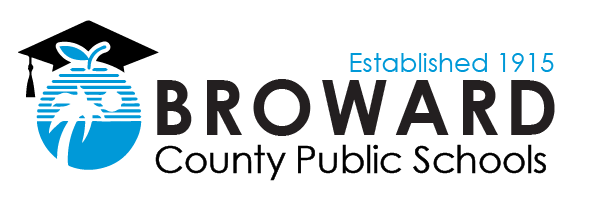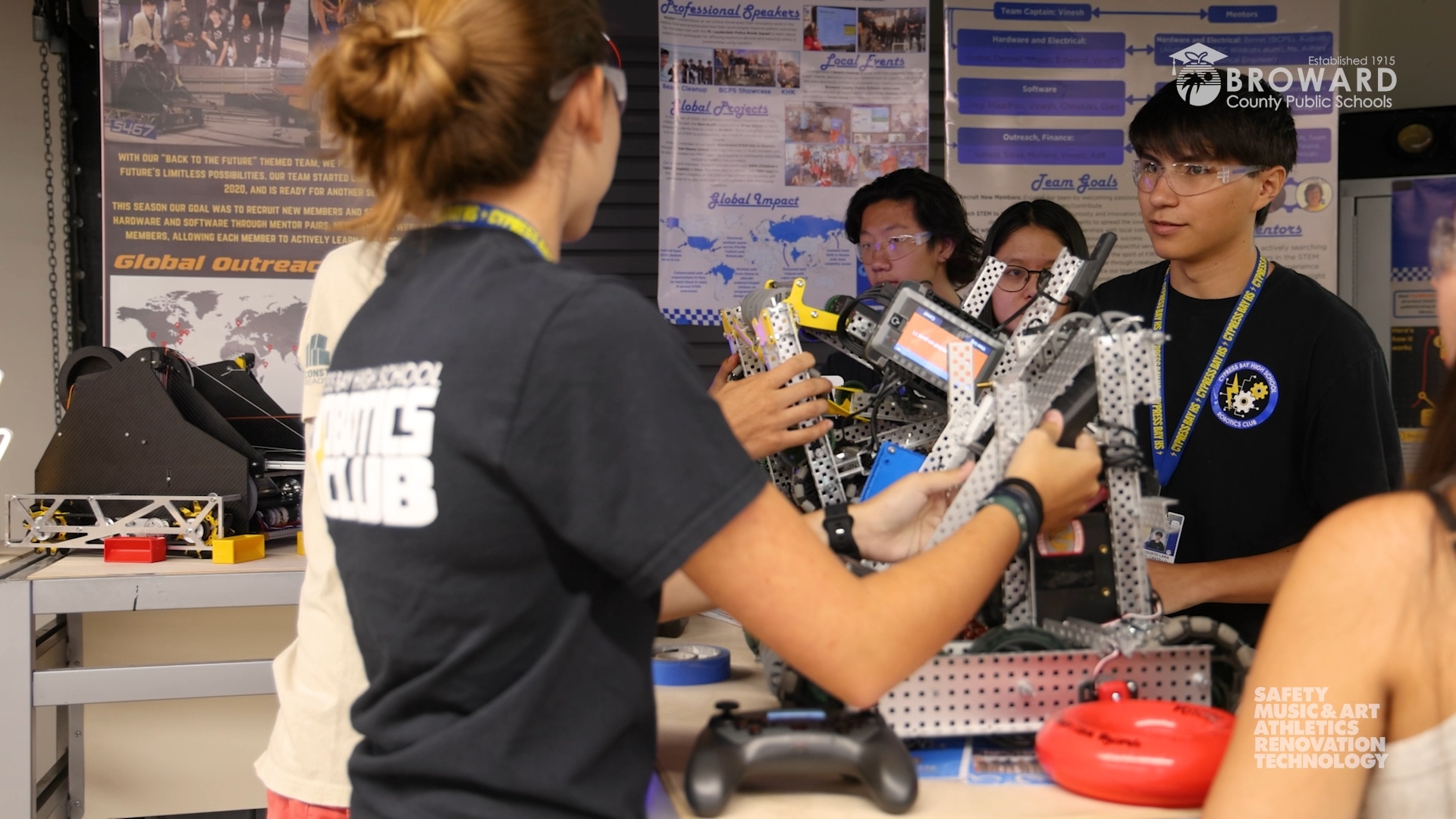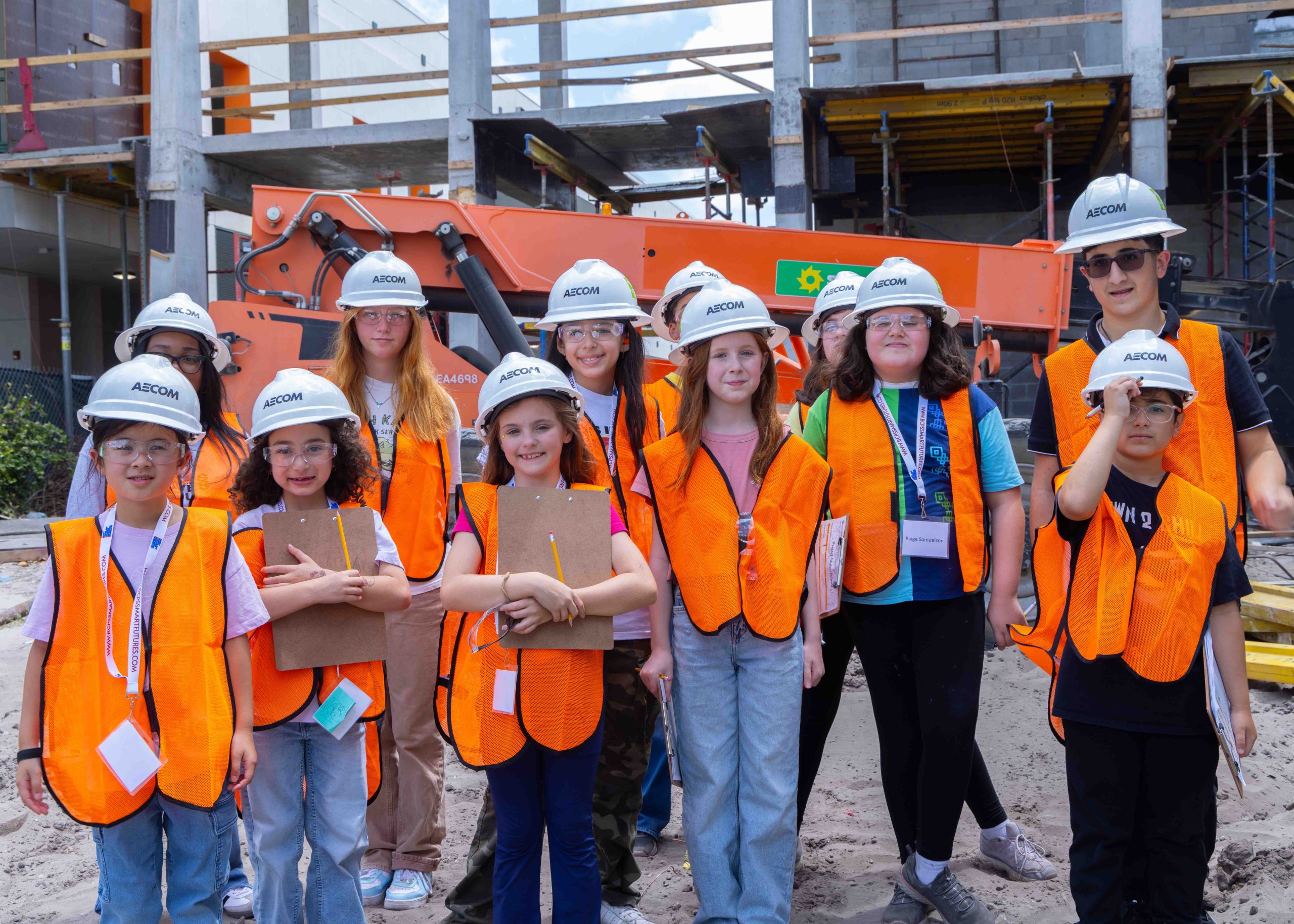Ever wonder what some of the improvements listed as part of your school’s Primary Renovations mean? For example, what is a building’s envelope? How is a fire sprinkler system upgraded? Why is getting a new HVAC unit so important? THE SCIENCE OF SMART gives you a better understanding of what it all means, how these things operate and why we should care.
In this SMART Update, we sound off about fire alarms.
Think about how many fire drills you’ve experienced dating back to elementary school. Why so many? The obvious answer is that you’re practicing for what to do in case of a real fire, but fire drills are also a great opportunity to make sure the fire alarm system is functioning properly.
There are several components to a fire alarm system, including pull stations, control panels, and above ceiling conduits.
Of all the components in a fire alarm system, the pull station is probably the most recognizable. They’re the red boxes you see all over campus with a handle that reads “pull down.” A pull station can be activated manually or by smoke sensors when a fire is detected. It then sends a signal to the control panel, which, as you may have guessed, is what controls the fire alarm system.
Once the panel receives a signal from the smoke sensor or pull station, it alerts the local fire department that help is needed. The above ceiling conduit aids in making all this possible. The metal tube that protects the electrical wiring used to connect all of the devices in a fire alarm system is placed in the ceiling to make it easier to access during inspections.






